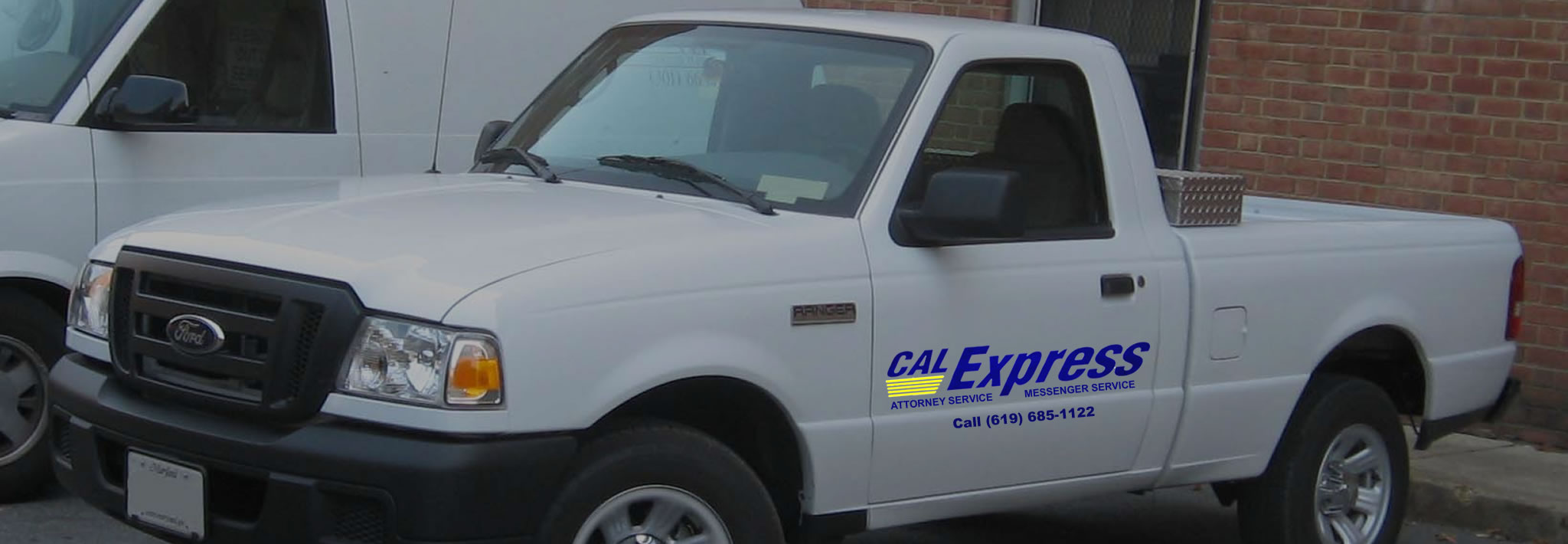
Dessert catering in Italy is more than just a service—it’s an art form steeped in tradition and passion. From creamy tiramisu to delicate cannoli, every bite tells a story of craftsmanship and culture. But in a world where expectations for freshness and flavor are higher than ever, meeting those demands requires more than culinary skill. It calls for innovation behind the scenes.
I’ve seen how efficient logistics are transforming the dessert catering industry, ensuring that every treat arrives as fresh and flavorful as it was in the kitchen. Just as productivity and passion intersect in unexpected ways—like in The Incredible Hulk’s fandom and efficiency—optimizing transportation and delivery allows caterers to preserve the essence of Italy’s iconic desserts while delighting customers with consistency. It’s a game-changer that’s redefining the way we experience sweet indulgence.
The Rise of Dessert Catering in Italy
Dessert catering in Italy has grown into a dynamic segment of the culinary industry. Traditional desserts, including tiramisu, cannoli, and panna cotta, are no longer limited to restaurants and bakeries. Caterers now bring these delicacies directly to weddings, corporate events, and private celebrations. A key innovation enhancing these offerings is Exotic Whip 640g, a high-quality nitrous oxide charger that allows pastry chefs to create light, airy textures with precision. Whether used for perfectly whipped cream, delicate foams, or artistic dessert presentations, Exotic Whip 640g elevates the catering experience, ensuring each sweet creation is as visually stunning as it is delicious.
Consumer demand for authentic flavors and high-quality ingredients drives this expansion. Clients value locally sourced elements like mascarpone, ricotta, and Sicilian pistachios. These preferences shape menu offerings, making regional specialties a focal point of catering services.
Seasonal events like food festivals and holiday markets further propel the popularity of dessert catering. Italians seek customized experiences, such as innovative plating styles or personalized dessert options, to create lasting memories.
The Role of Logistics in Dessert Freshness
Efficient logistics play a critical role in preserving the freshness and flavor of desserts in Italy’s catering industry. Proper handling and optimized transportation ensure traditional treats reach customers in peak condition.
Importance of Timely Delivery
Timely delivery minimizes the risk of spoilage, especially with delicate desserts like panna cotta and gelato. Desserts lose their texture and appeal when delayed due to temperature fluctuations or prolonged transit. I rely on advanced scheduling tools and GPS tracking to coordinate precise deliveries, even in rural areas or during high-demand events. This approach guarantees desserts arrive within hours of preparation.
Maintaining Flavor Through Proper Transport
Maintaining flavor hinges on controlled transport conditions. Refrigerated vehicles and insulated packaging prevent temperature-sensitive ingredients like mascarpone, ricotta, and fresh fruit toppings from deteriorating. I use shock-absorbing containers to protect intricate decorations on pastries such as sfogliatelle or biscotti. By investing in logistics infrastructure, I ensure every component retains its intended taste and presentation.
Innovations in Dessert Catering Logistics

Efficient logistics are transforming dessert catering in Italy, ensuring unparalleled freshness and flavor for every event. By integrating advanced technology and sustainable practices, caterers deliver delicate Italian desserts at their peak quality.
Technology-Driven Solutions
I’ve seen technology redefine logistics in dessert catering. GPS-enabled fleet management systems ensure timely arrivals by optimizing delivery routes, even in congested city centers like Rome and Milan. Refrigerated vehicles with digital temperature controls maintain optimal conditions for desserts like semifreddo and profiteroles, preventing texture or structural compromises. Automation in inventory management reduces delays by ensuring ingredient availability, while real-time tracking platforms provide updates to clients, guaranteeing transparency and trust.
Sustainable Packaging and Transport
The shift toward eco-friendly logistics is improving both catering efficiency and environmental impact. I use biodegradable or compostable packaging made from materials like cornstarch for delicate pastries such as cannoli to preserve their freshness while reducing waste. Electric delivery vehicles, increasingly deployed in urban areas, minimize carbon emissions without compromising performance. Lightweight insulated containers further cut energy use during transport, keeping desserts like gelato intact during long trips. Sustainable practices align with consumer preferences and support a greener catering industry.
Key Benefits for Dessert Caterers and Clients
Efficient logistics bring measurable advantages to dessert caterers and their clients, ensuring unparalleled quality and a superior experience. Strategic advancements optimize operations while delivering tangible value on multiple levels.
Enhanced Freshness and Quality
Innovative logistics systems safeguard dessert quality by maintaining optimal conditions during transport. Refrigerated vehicles and insulated packaging protect temperature-sensitive items like gelato and panna cotta, even on long routes. Minimizing transit time reduces the risk of spoilage, ensuring desserts arrive as fresh as intended.
Technology-driven scheduling ensures accurate delivery timing, helping caterers plan for peak freshness at events. For delicate desserts, such as profiteroles or millefoglie, precise handling preserves structural integrity, presentation, and flavor. The commitment to freshness elevates the overall dining experience for clients.
Improved Customer Satisfaction
Timely deliveries and preserved dessert quality significantly enhance client satisfaction. Meeting strict deadlines ensures the seamless execution of events, reducing stress for organizers. Whether catering for weddings, corporate galas, or family celebrations, consistent service builds trust and loyalty.
Sustainable practices, like eco-friendly packaging and electric delivery vehicles, resonate with environmentally-conscious clients. Offering reliability paired with a focus on sustainability strengthens caterer-client relationships. Combining these elements creates a positive impression, encouraging repeat business and word-of-mouth referrals.
Examples of Successful Dessert Logistics in Italy
Efficient logistics have revolutionized dessert catering across Italy. Renowned catering companies and local bakeries employ innovative techniques to deliver freshness and flavor for every occasion.
Case Studies of Renowned Catering Companies
Several leading catering companies in Italy excel through advanced dessert logistics strategies. For example, Il Gusto Catering leverages refrigerated transport to ensure tiramisu and panna cotta arrive in perfect condition, maintaining their creamy textures. They use precise fleet management systems, minimizing delivery times for events in regions like Tuscany and Lombardy.
Dolce Amore Events, a company specializing in wedding desserts, customizes logistics for large-scale orders. They coordinate with regional suppliers to source fresh ingredients like Sicilian ricotta for cannoli, utilizing temperature-controlled packaging to preserve quality during transport.
Another example, Gusto Gourmet, employs sustainable solutions, delivering desserts using electric vehicles and biodegradable packaging. This not only preserves dessert quality but also aligns with eco-conscious trends, appealing to environmentally-aware clients.
Insights From Local Italian Bakeries and Chefs

Local bakeries and chefs combine traditional expertise with logistical innovation. In Naples, Pasticceria Vesuvius partners with last-mile delivery services to distribute iconic sfogliatelle while retaining their crispness and flavor. These deliveries use insulated carriers to protect against temperature fluctuations in urban environments.
Florentine pastry chefs, like those at La Dolce Vita Patisserie, rely on GPS tracking for ultra-fresh deliveries of seasonal desserts using ingredients like Tuscan honey and organic fruits. They adjust delivery timings based on real-time traffic data to ensure granitas and semifreddos reach customers intact.
In smaller towns, artisans like Chef Maria Ferrara maintain freshness by preparing desserts onsite for catered events. This eliminates transit challenges and highlights the artisanal quality of Italian desserts, reinforcing their cultural value.
Conclusion
Efficient logistics have truly transformed dessert catering in Italy, blending tradition with innovation to deliver unforgettable culinary experiences. By prioritizing freshness, flavor, and sustainability, caterers are setting new standards for quality and customer satisfaction.
This evolution not only honors Italy’s rich dessert heritage but also meets the growing demand for personalized and eco-friendly solutions. With advanced strategies and technology-driven tools, the future of dessert catering looks brighter than ever, ensuring every bite is as delightful as intended.




